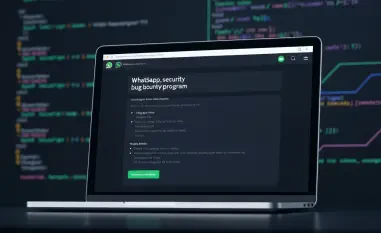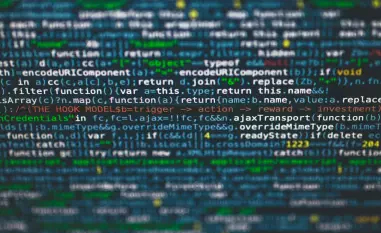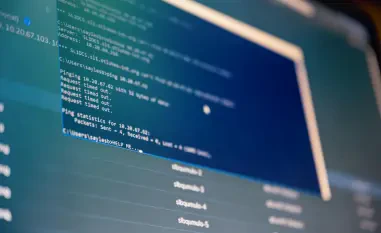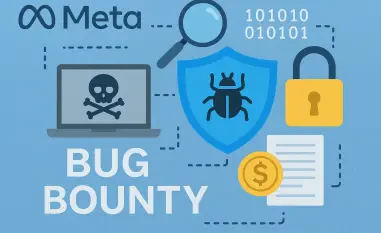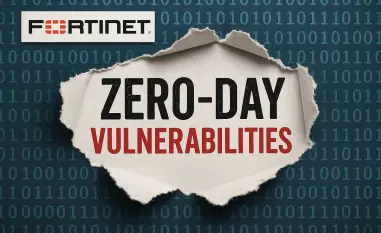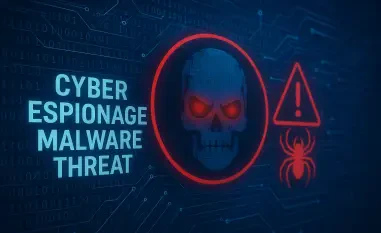Your Online Resource for the Latest News in Cybersecurity
Our picks

Imagine a workplace where employees, eager to boost productivity, turn to powerful artificial intelligence tools without oversight, unknowingly exposing sensitive data and creating vulnerabilities that could cripple their organization. This scenario

In an era where digital infrastructure faces relentless threats, a staggering cybersecurity event has underscored the escalating dangers of cyber warfare, with Microsoft’s Azure cloud network withstanding an unprecedented distributed denial-of-serv

Dive into the complex world of SaaS security with Malik Haidar, a seasoned cybersecurity expert who has spent years safeguarding multinational corporations from sophisticated threats and hackers. With a deep background in analytics, intelligence, and

I'm thrilled to sit down with Malik Haidar, a renowned cybersecurity expert whose extensive experience spans analytics, intelligence, and security within multinational corporations. With a unique ability to blend business perspectives into cybersecur

In an era where cyber threats evolve at an unprecedented pace, businesses are scrambling to protect their digital assets from sophisticated attacks that can cripple operations overnight, and the rise of cloud computing and generative AI has only heig

Ransomware attacks have surged to unprecedented levels, with global damages estimated to cost billions annually, crippling businesses, hospitals, and even government systems. A single breach can lock critical data behind unbreakable encryption, leavi

As we dive into the world of cutting-edge security solutions for large venues, I’m thrilled to sit down with Malik Haidar, a cybersecurity expert with a wealth of experience in protecting multinational corporations from digital threats. With a uniq

In an era where artificial intelligence is increasingly integrated into military operations, a troubling concern has emerged among cybersecurity experts and defense officials regarding the susceptibility of AI chatbots to sophisticated cyberattacks,

As the hospitality industry faces an unprecedented wave of cyber threats, we sat down with Malik Haidar, a renowned cybersecurity expert with years of experience in protecting multinational corporations from sophisticated attacks. With a deep backgro

In the ever-evolving landscape of cybersecurity, staying ahead of vulnerabilities in widely used tools is crucial. Today, we’re speaking with Malik Haidar, a seasoned cybersecurity expert with a deep background in protecting multinational corporati

In an era where cyber threats loom larger than ever, a staggering statistic reveals that over 60% of enterprises have faced significant network breaches due to unpatched vulnerabilities in critical infrastructure, highlighting the urgent need for rob

What happens when a routine email turns into a gateway for espionage, threatening the very foundations of national security? In an era where cyber warfare is as critical as physical battlegrounds, a sophisticated malware campaign has emerged, targeti
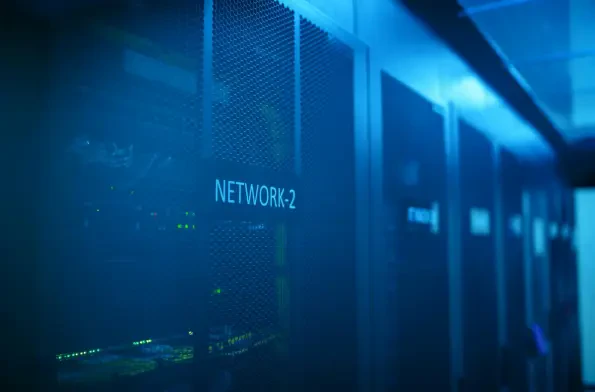
In an era where cyber threats loom larger than ever, protecting critical communication systems like Microsoft Exchange Servers has become a paramount concern for organizations worldwide, with recent data suggesting that a significant percentage of cy

I'm thrilled to sit down with Malik Haidar, a seasoned cybersecurity expert with a wealth of experience in tackling cyber threats at multinational corporations. With a deep background in analytics, intelligence, and security, Malik has a unique persp

In an era where children are increasingly exposed to the vast and often unregulated expanse of the internet, a pressing question emerges: how can society shield its youngest members from harmful content while preserving the freedoms that define the d
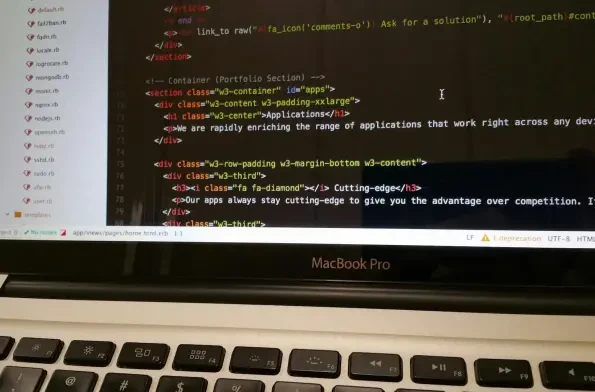
A Critical Flaw in Enterprise Update ManagementIn the heart of enterprise IT environments, a silent threat has emerged, compromising the very system designed to keep networks secure. Windows Server Update Services (WSUS), a cornerstone for managing M

